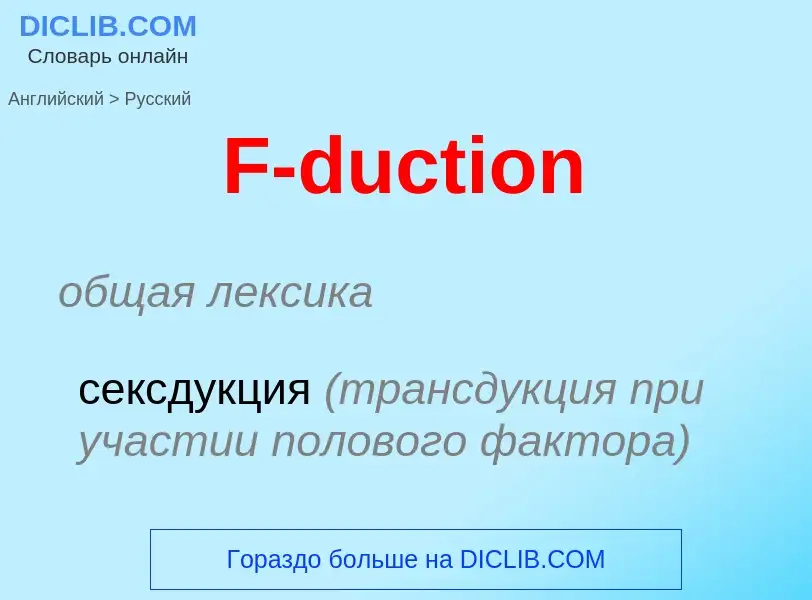Traduzione e analisi delle parole tramite l'intelligenza artificiale ChatGPT
In questa pagina puoi ottenere un'analisi dettagliata di una parola o frase, prodotta utilizzando la migliore tecnologia di intelligenza artificiale fino ad oggi:
- come viene usata la parola
- frequenza di utilizzo
- è usato più spesso nel discorso orale o scritto
- opzioni di traduzione delle parole
- esempi di utilizzo (varie frasi con traduzione)
- etimologia
F-duction - traduzione in russo
общая лексика
сексдукция (трансдукция при участии полового фактора)
['plæzmid]
общая лексика
плазмида
биология
эписома
существительное
биология
плазмида
эписома
общая лексика
плазмидный вектор
Definizione
Wikipedia
A plasmid is a small, extrachromosomal DNA molecule within a cell that is physically separated from chromosomal DNA and can replicate independently. They are most commonly found as small circular, double-stranded DNA molecules in bacteria; however, plasmids are sometimes present in archaea and eukaryotic organisms. In nature, plasmids often carry genes that benefit the survival of the organism and confer selective advantage such as antibiotic resistance. While chromosomes are large and contain all the essential genetic information for living under normal conditions, plasmids are usually very small and contain only additional genes that may be useful in certain situations or conditions. Artificial plasmids are widely used as vectors in molecular cloning, serving to drive the replication of recombinant DNA sequences within host organisms. In the laboratory, plasmids may be introduced into a cell via transformation. Synthetic plasmids are available for procurement over the internet.
Plasmids are considered replicons, units of DNA capable of replicating autonomously within a suitable host. However, plasmids, like viruses, are not generally classified as life. Plasmids are transmitted from one bacterium to another (even of another species) mostly through conjugation. This host-to-host transfer of genetic material is one mechanism of horizontal gene transfer, and plasmids are considered part of the mobilome. Unlike viruses, which encase their genetic material in a protective protein coat called a capsid, plasmids are "naked" DNA and do not encode genes necessary to encase the genetic material for transfer to a new host; however, some classes of plasmids encode the conjugative "sex" pilus necessary for their own transfer. Plasmids vary in size from 1 to over 400 kbp, and the number of identical plasmids in a single cell can range anywhere from one to thousands under some circumstances.

![[[Electron micrograph]] of a DNA fiber bundle, presumably of a single bacterial chromosome loop [[Electron micrograph]] of a DNA fiber bundle, presumably of a single bacterial chromosome loop](https://commons.wikimedia.org/wiki/Special:FilePath/DNA Under electron microscope Image 3576B-PH.jpg?width=200)

